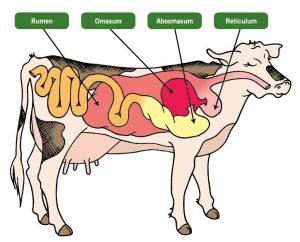Have you ever wondered what livestock is the most profitable to raise right now? In this writeup we will explore this topic, helping you understand why Livestock farming Is more profitable than ever. If you are already into farming you should find this an invaluable piece.
With food demand skyrocketing, the agriculture industry is witnessing a golden opportunity for livestock farmers to maximize their earnings.
Whether you’re an aspiring farmer or an experienced rancher, choosing the right livestock can mean the difference between modest gains and a highly lucrative farming business.
Livestock farming has evolved beyond traditional cattle and poultry rearing. Today, a range of high-profit livestock ventures can yield incredible returns on investment (ROI).
The good thing is, the requirement to execute this is not one that would send you packing 😊; some require minimal land, others thrive in backyard setups, and a few are seeing rising consumer demand due to health and sustainability trends.
We’ll be going through all livestock from down to top.
6. Bees: Nature’s Tiny Money Makers
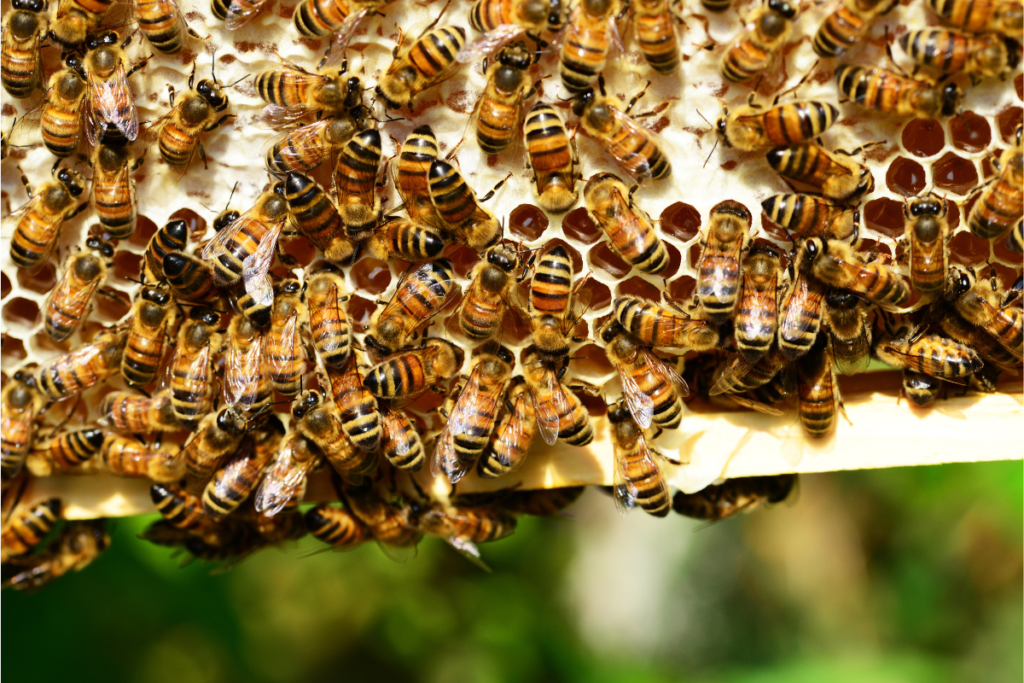
Why Beekeeping Is Surprisingly Lucrative
With the growing demand for organic honey and beeswax, beekeeping has become one of the most profitable agricultural ventures.
Profit Potential
- A single beehive can produce 60–100 pounds of honey per year.
- Raw honey sells for $8–$20 per pound.
- Additional revenue comes from selling beeswax, royal jelly, and pollination services
Sarah, a beekeeper in New York, started with five beehives. Within a year, she scaled to 50, earning over $75,000 annually from honey and wax sales.
5. Rabbits: The Underrated Money-Maker
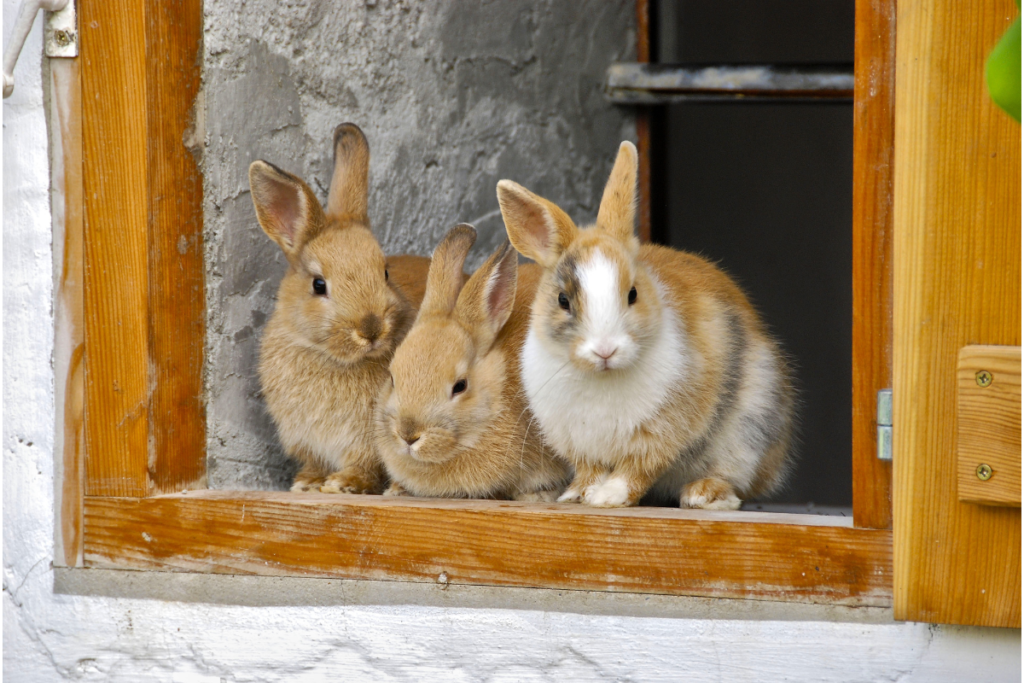
Why Rabbit Farming Is a Hidden Gem
Rabbits are low-maintenance and reproduce quickly, making them a great choice for high-profit farming with minimal investment.
Profit Potential
- A single female rabbit can produce 40–50 offspring per year.
- Rabbit meat sells for $6–$10 per pound.
- Their fur and manure (as organic fertilizer) provide additional income streams.
4. Pigs: The Meat Industry’s Powerhouse
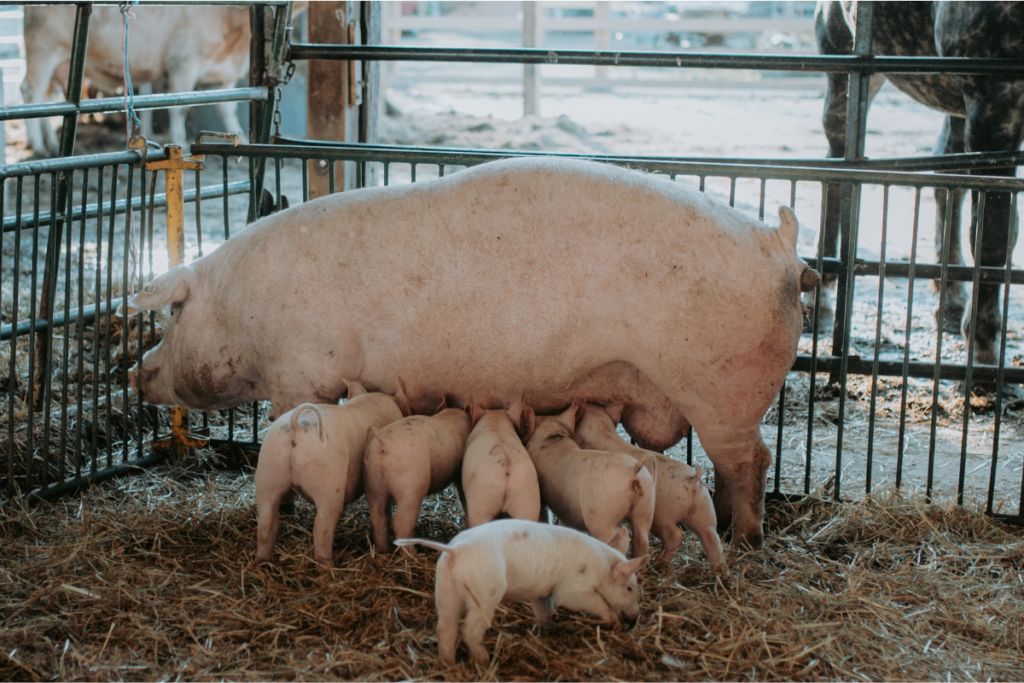
Why Pig Farming Is Highly Profitable
Pigs grow fast, reproduce quickly, and require less space than cattle. Pork remains one of the most consumed meats worldwide, ensuring steady demand.
Profit Potential
- Pigs reach market size in just 5–6 months.
- One pig can yield up to 150–200 pounds of meat.
- A full-grown pig can sell for $300–$600.
3. Goats: The Rising Star in Profitable Farming
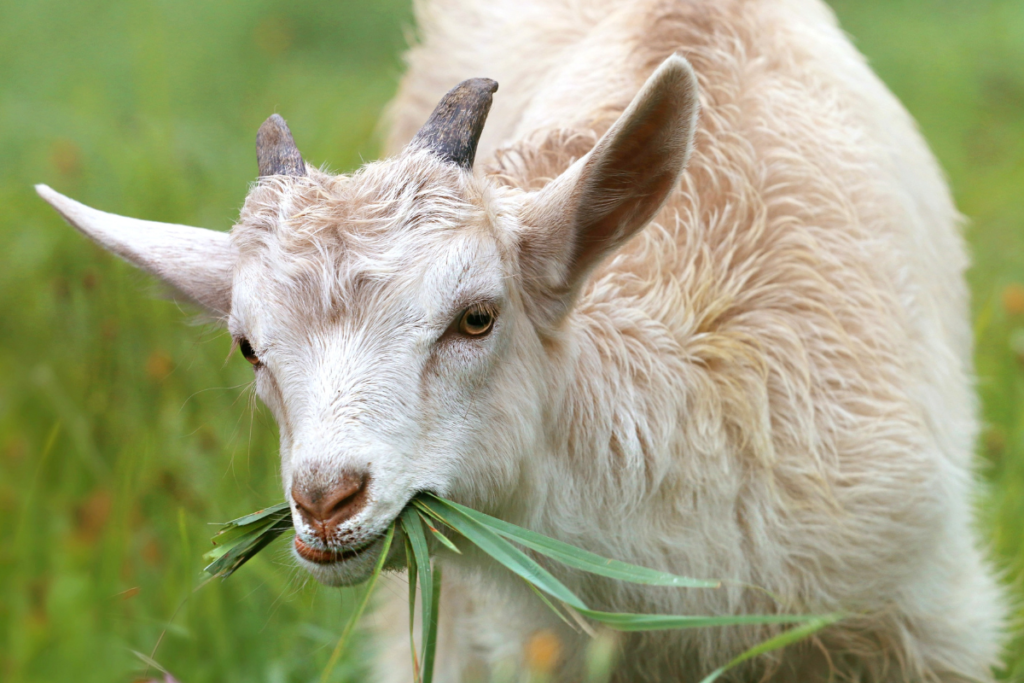
Why Goats Are Gaining Popularity
Goat farming is booming, thanks to the rising demand for goat milk, meat, and fiber. Goat meat (chevon) is a delicacy in many cultures, and goat milk is sought after for its health benefits.
Profit Potential
- A single goat produces up to 3 liters of milk per day.
- Goat meat can sell for $6–$12 per pound in high-demand markets.
- Boer goats, a popular breed, can be sold for $200–$800 each.
Read Also: Scientific Names of Farm Animals
2. Chickens: Small Investment, High Returns
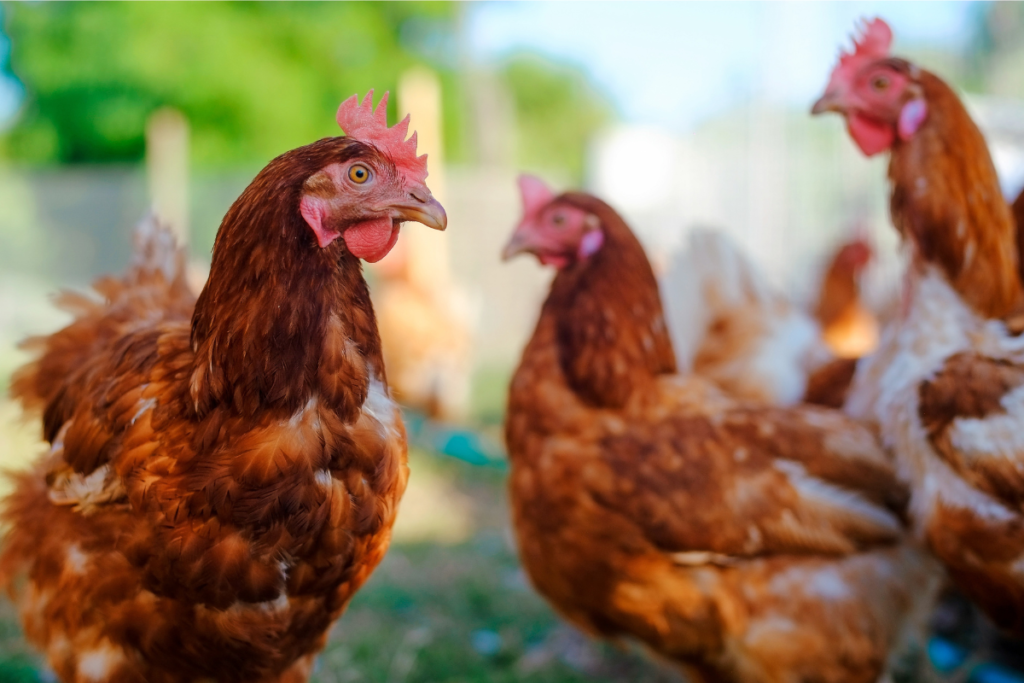
Why Chickens Are Profitable
Chickens are among the easiest and most profitable livestock to raise. Whether for egg production or meat sales, poultry farming provides quick turnaround times and high demand, especially with the rising preference for organic, free-range chicken.
Profit Potential
- A single hen can lay 250–300 eggs per year.
- Organic eggs fetch $5–$7 per dozen in high-income markets.
- Broiler chickens can be raised in just 6–8 weeks and sold for $15–$25 each.
1. Cattle: The King of Livestock Farming
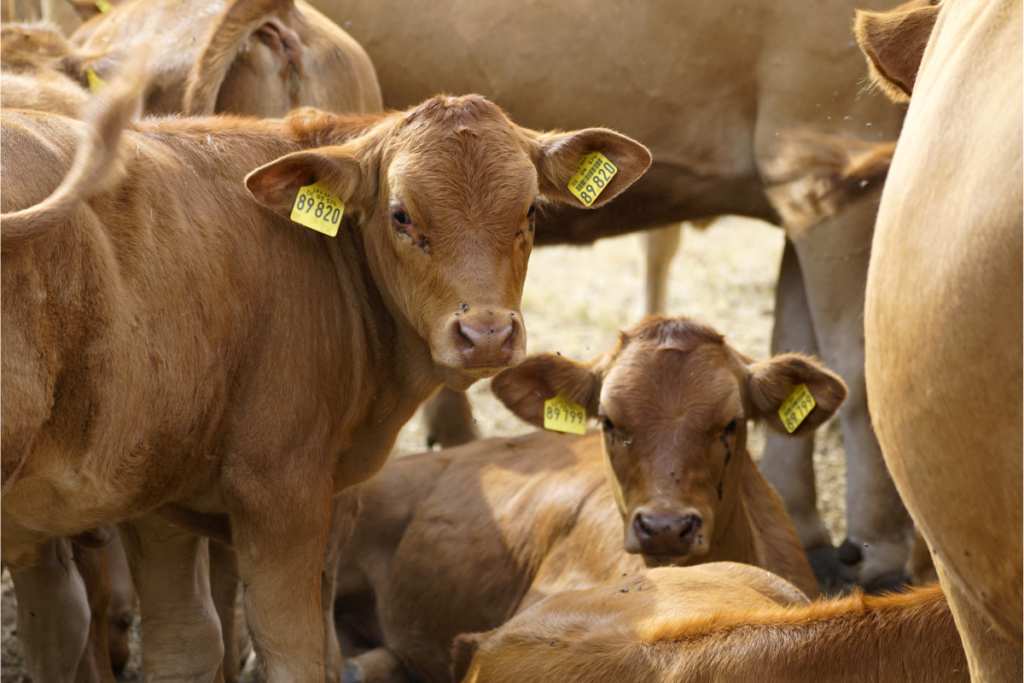
Why Cattle Farming Is Profitable
Cattle farming has always been a lucrative business due to the consistent global demand for beef and dairy products, why they are top on the list for the most profitable livestock to raise right now.
With rising populations in high-income countries like the U.S., Canada, and Australia, beef prices remain high, making cattle one of the best livestock choices for profitability.
Profit Potential
- A single mature beef cow can sell for $1,200–$3,000, depending on breed and market conditions.
- Dairy cows produce milk daily, generating consistent revenue.
- High-end breeds like Wagyu and Angus command premium prices.
Pros of Raising Livestock
- High Profit Potential – Certain livestock like cattle, chickens, and goats offer excellent
returns, especially in high-demand markets. - Multiple Income Streams – You can earn from meat, milk, eggs, wool, manure,
breeding, and even agritourism. - Self-Sufficiency – Raising livestock provides a food source, reducing grocery bills and
dependency on commercial meat and dairy. - Increasing Demand – With a growing population, the need for animal products
continues to rise, ensuring stable market opportunities. - Utilization of Land & Resources – Livestock farming makes use of land that may not
be suitable for crops while also improving soil fertility through manure. - Sustainability & Regenerative Farming – Rotational grazing and organic livestock
methods improve soil health and reduce environmental impact. - Job Creation & Community Impact – Livestock farming supports local economies by
providing jobs and business opportunities for feed suppliers, veterinarians, and butchers.
Cons of Raising Livestock
- High Initial Investment – Purchasing animals, building shelters, and buying feed can be
costly, especially for large-scale farming. - Disease & Health Risks – Livestock are prone to diseases, requiring vaccinations,
veterinary care, and biosecurity measures to prevent losses. - Feed & Maintenance Costs – Ongoing costs like feed, water, shelter, and labor can add
up, affecting profit margins. - Market Fluctuations – Meat and dairy prices can be unpredictable due to supply and
demand changes, impacting profitability. - Time-Consuming & Labor-Intensive – Livestock farming requires daily care, feeding,
and monitoring, making it a full-time commitment. - Environmental Concerns – Large-scale livestock farming can contribute to methane
emissions, deforestation, and water pollution if not managed sustainably. - Regulations & Legal Compliance – Farmers must adhere to strict health, safety, and
animal welfare laws, which can be challenging and costly to follow.
In Conclusion
What livestock you decide to raise right now depends on factors like available space, investment budget, and market demand in your region. The most profitable livestock to raise right now includes; cattle, chickens, goats, pigs, rabbits and bees and they all offer excellent income potential. By selecting the right livestock and optimizing production, you can create a thriving agricultural business.
If you’re ready to start your own livestock farm, which one will you choose? Let us know in the comments!
